Today I present you with one of the most curious crassula. It’s Crassula Perforata (I’ll explain that name later where it comes from). We know it under the common name of Button Chain and it comes from South Africa. This Crassula is considered one of the most curious in the world because the plant stem crosses the leaves, hence its name “perforata”. The leaves grow stacked on each other and then the stem passes through the middle.
There are people, taking advantage of this fact, who turn the leaves to put them in some other way than natural, but I tell you from nowhere in the world that you do it, for the only thing you will ever do is damage the plant. When you move the leaves, what you do is you break the leaf binding with the stem and end up rotting and then it dies and fall.
Normally, the leaves are light green, but if you have it exposed to the direct sun, during the hottest season, you can see that the tips turn red in order to protect them from the sun. If we look at it well and look at it closely, we will also see that it is covered with a small layer of white hairiness. We can also see that it doesn’t have thorns, which is why I will explain you directly the flowering.
It occurs in spring and summer, offering star-shaped flowers. They are white with yellow and pink touches and give off a very light and pleasant smell. It is a plant that resists very well dry and hot climates, even holding temperatures below zero if not for long. It requires a lot of direct light; It needs to have at least six hours of sunshine a day so it can survive well.
We have to be absolutely sure that the substrate in winter is dry, because if we give it too much humidity (only during cold weather) we will only get it to rot. Water once every fortnight in the spring and summer and once in the month of the fall is more than enough for the crassula to sustain. In winter it must not receive any water and between irrigation and irrigation we must ensure that the land is completely dry.
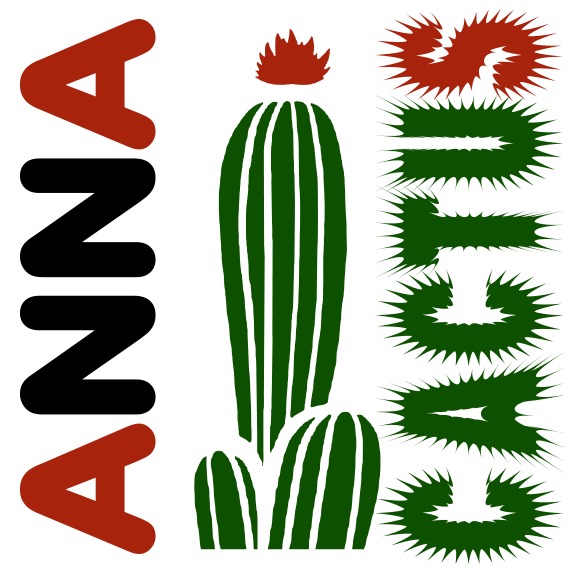
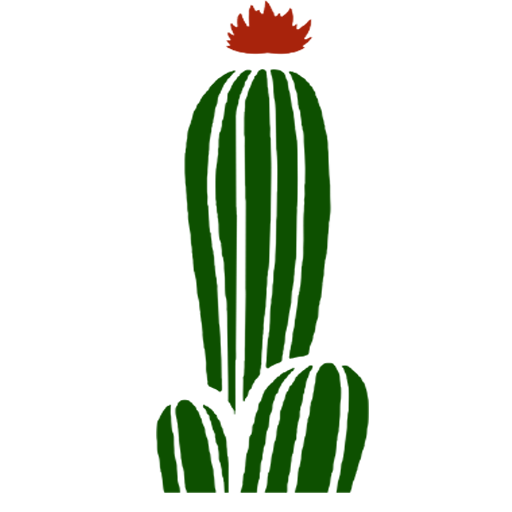
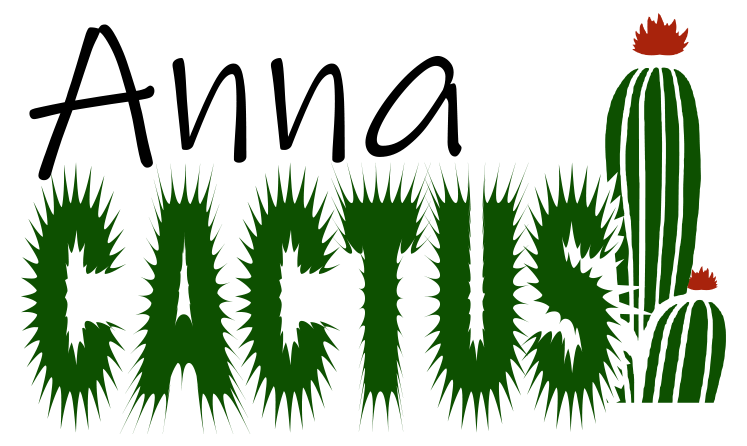
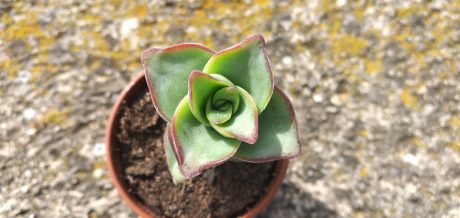
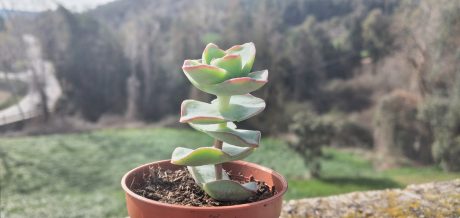

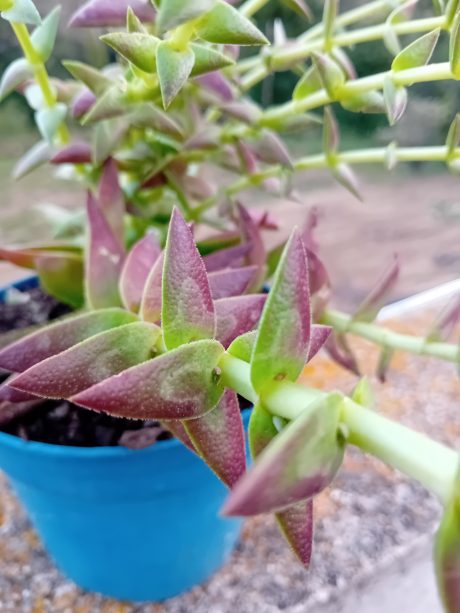
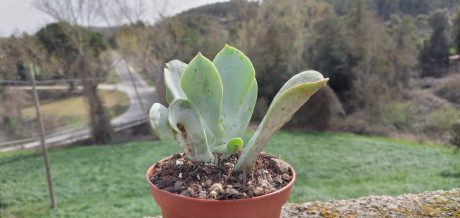
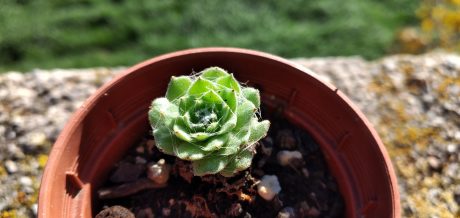
Reviews
There are no reviews yet.